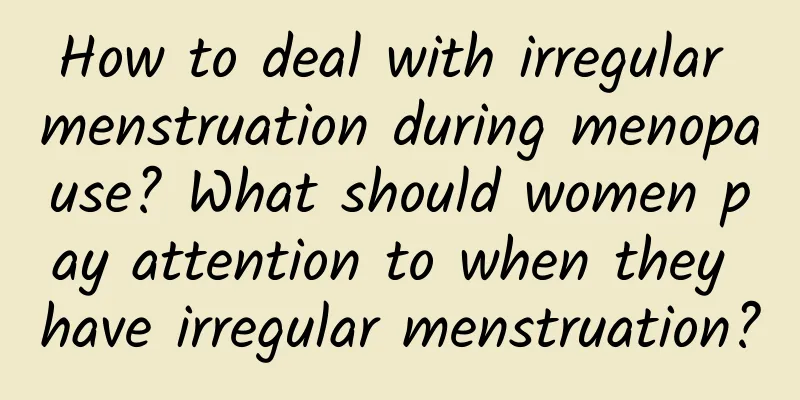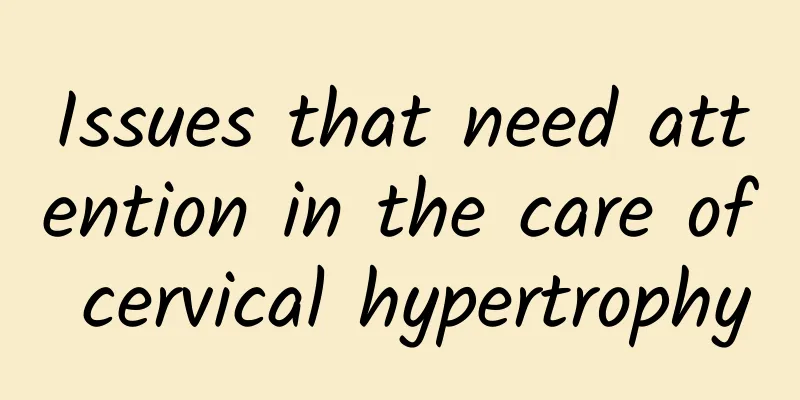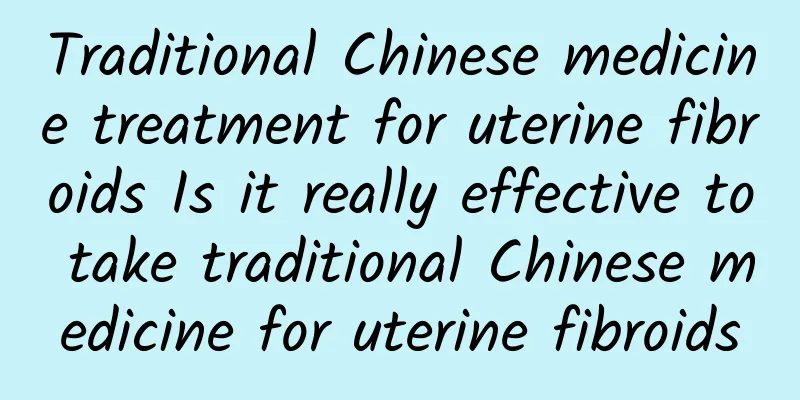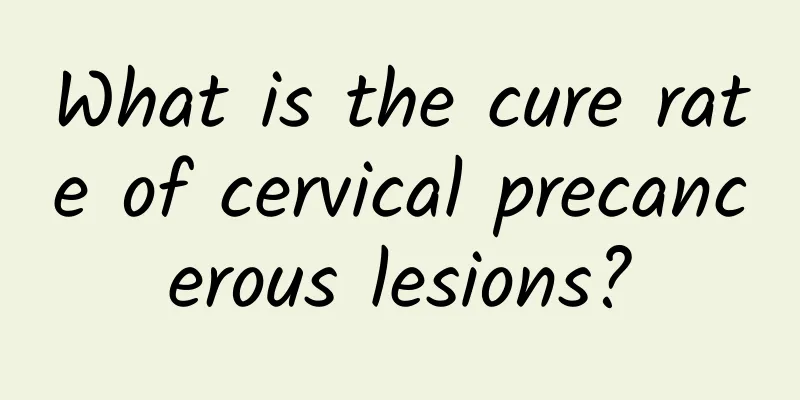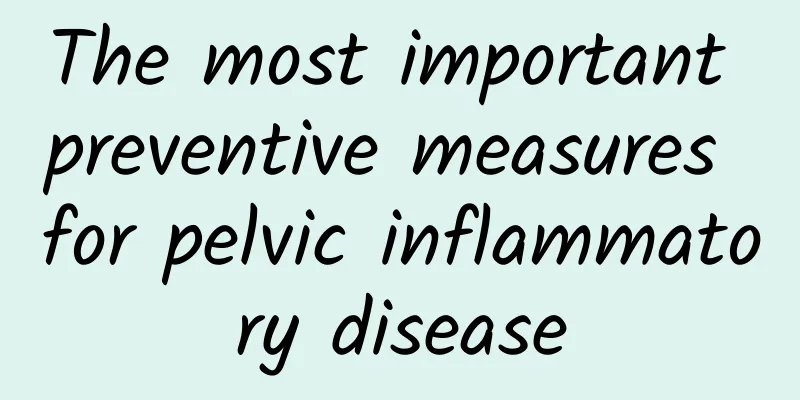What are the symptoms of endometriosis that require treatment?
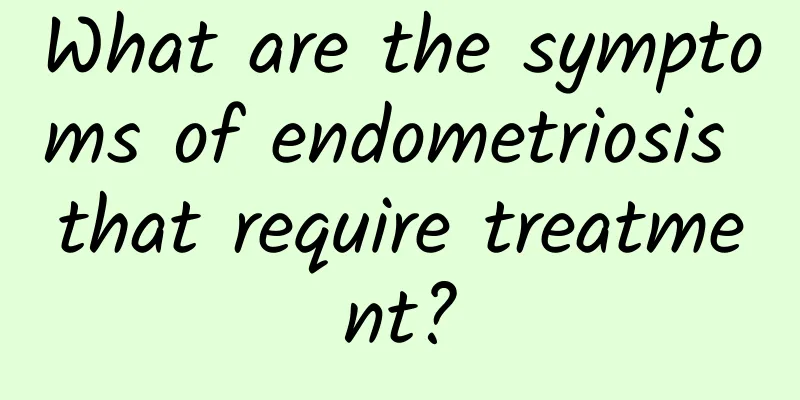
|
Typical symptoms of endometriosis include dysmenorrhea, chronic pelvic pain, infertility, and menstrual abnormalities. Most patients require treatment, especially when symptoms affect quality of life or lead to complications. 1) Common symptoms of endometriosis: - Dysmenorrhea: This is the most common symptom, with pain usually concentrated before and during menstruation and may be accompanied by a dull ache in the lower back and groin. The severity of the pain may increase as the condition progresses. -Chronic pelvic pain: Some patients experience persistent or intermittent pain in the pelvic area even when not menstruating. - Infertility or difficulty getting pregnant: Misplaced endometrial tissue can cause inflammation and adhesions, interfering with the function of the ovaries, fallopian tubes, and uterus, leading to infertility problems. - Abnormal menstruation: Heavy menstrual flow, prolonged menstrual periods, or spotting between periods may be a manifestation of endometriosis. Other less common symptoms may include painful defecation, uncomfortable urination, and low back pain. The specific symptoms vary depending on the location and extent of the ectopic area. 2) Does endometriosis need treatment? Whether treatment is needed depends on the specific condition and the impact on the patient's life. In general, patients with the following conditions are recommended to seek medical treatment in a timely manner: ① Severe symptoms: such as significantly aggravated dysmenorrhea, affecting daily work and life; ② Infertility: If you have been trying to get pregnant for 1 year but have not succeeded; ③Symptoms may progress: such as long-term pain in the pelvic area, which may indicate worsening of the lesion. 3) Treatment options: Common treatments for endometriosis include medication, surgery, and adjuvant therapy: ①Drug treatment: - Hormonal therapy is the mainstay of treatment and relieves symptoms by inhibiting the growth of the endometrium, such as gonadotropin-releasing hormone (GnRH) analogs, combined oral contraceptives, and progestin medications. - Nonsteroidal anti-inflammatory drugs (NSAIDs) for pain relief, such as ibuprofen, can be used as a first-line analgesic option. ②Surgical treatment: It is suitable for those who are not effective with drugs or have fertility needs. The following surgeries can be selected: - Laparoscopic removal of ectopic endometrial tissue; -Hysterectomy is performed in severe cases, but it is recommended to preserve ovarian function and avoid complete menopause as much as possible; -Adhesion lysis improves tubal patency. ③Lifestyle adjuvant therapy: -Dietary adjustment: Eat more foods rich in vitamin B, D and omega-3 fatty acids, and reduce high-fat and high-sugar foods; -Regular exercise: Moderate yoga or Pilates can help relieve pain and anxiety. For people who experience symptoms of endometriosis, it is recommended to seek medical attention as soon as possible for diagnosis, and have a professional doctor select an appropriate treatment plan based on the condition to avoid further complications caused by delayed treatment and improve quality of life. |
<<: Abnormal vaginal discharge but no test results
>>: Can arteriovenous fistula after abortion be cured without treatment?
Recommend
How much does it cost to extract uterine fluid?
How much does it cost to extract uterine effusion...
In cold weather, stomach discomfort is easy to be relieved by twisting yoga stretching
As the saying goes: If you have a healthy stomach...
Experts tell you the symptoms and treatment of vulvar leukoplakia
Vulvar leukoplakia is now a very common gynecolog...
What is the reason for heavy menstrual flow? Beware of the dangers of heavy menstrual flow
Heavy menstrual flow in women may be a gynecologi...
Does ovarian cyst cause ovulation? What are the symptoms?
Will ovarian cysts cause ovulation? What are the ...
Pelvic peritonitis can be relieved by soaking flower tea
Whether it is a patient with pelvic peritonitis o...
What does some hydatidiform mole mean?
What does some hydatidiform mole mean? Due to exc...
What causes irregular menstruation? Check out the seven reasons for irregular menstruation
Irregular menstruation is a common condition for ...
What are the symptoms of threatened abortion and biochemical miscarriage?
If you experience symptoms such as abnormal vagin...
Chinese people spend more than 8,000 yuan a year on health foods! 5 major health improvement needs! Precision healthcare helps improve benefits
Have you ever bought health supplements because o...
What are the treatments for cervical erosion?
Cervical erosion has certain hazards, such as cau...
Typical symptoms of patients with atrophic vulvar leukoplakia at various stages
Atrophic vulvar leukoplakia is a common type of v...
Watch HSD weight loss dance by famous choreographer Xie Jinyan
Electronic music queen Xie Jinyan's ever-chan...
Expert advice: How to avoid sequelae of abortion
According to the survey, many women will suffer f...
How big does a uterine fibroid need to be before surgery is needed? What are the symptoms of uterine fibroids?
Uterine fibroids often threaten the patient's...

